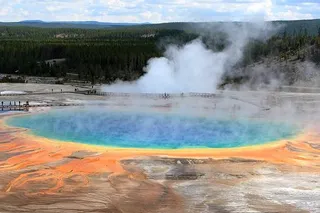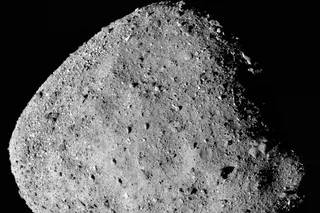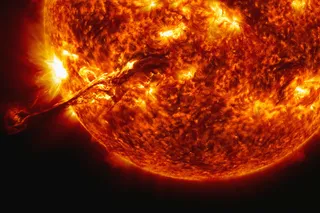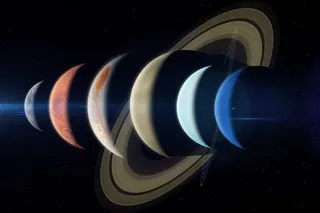A medley of elements make life on Earth possible, yet the ways in which our planet has gained them — and lost some in the process — have been on scientists’ minds for years. The major building blocks of life, like water, carbon, and nitrogen, often take center stage, but scientists have recently made sense of another foundational component in Earth’s framework — moderately volatile elements (MVEs).
MVEs, containing such elements as zinc and copper, work in tandem with life-essential elements like oxygen and carbon to form the basis of planetary chemistry. However, MVEs are not as abundant as they once were on Earth. In a new study published in the journal Science Advances, researchers have figured out how our planet’s MVEs were depleted over time, detailing a crucial chapter in Earth’s early history.
Read More: The Earth Might Have Been a Ringed Planet Long Ago
In the study, the ...















